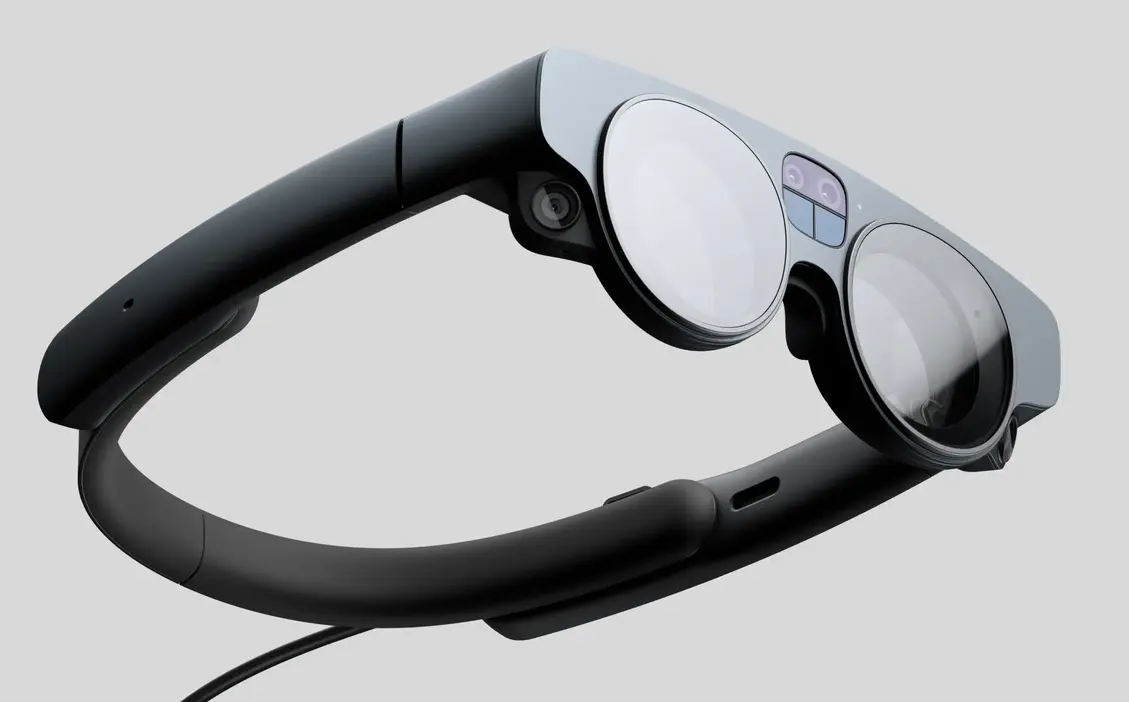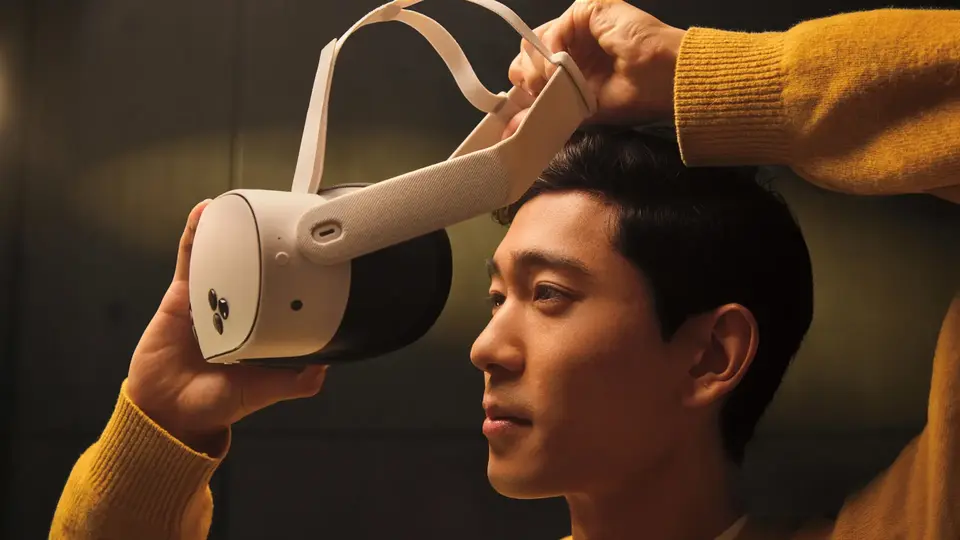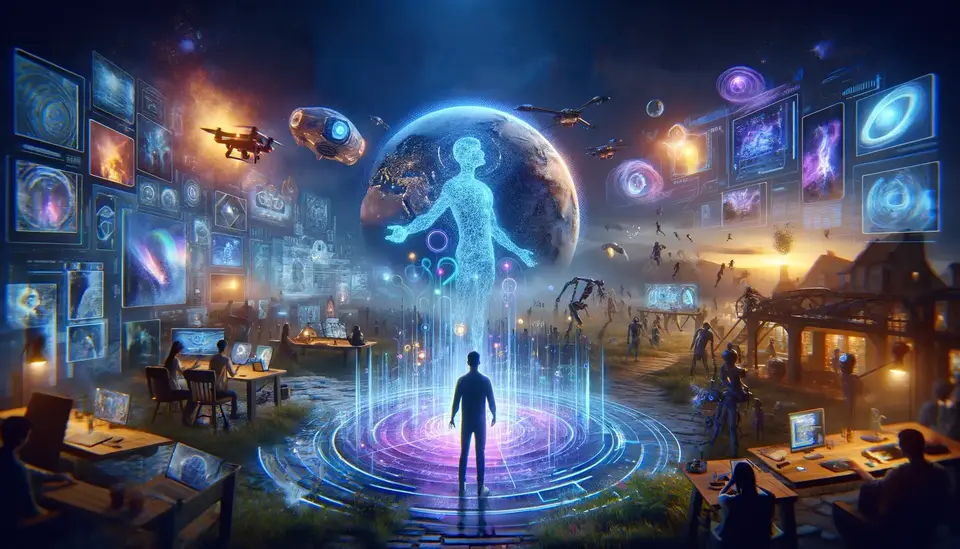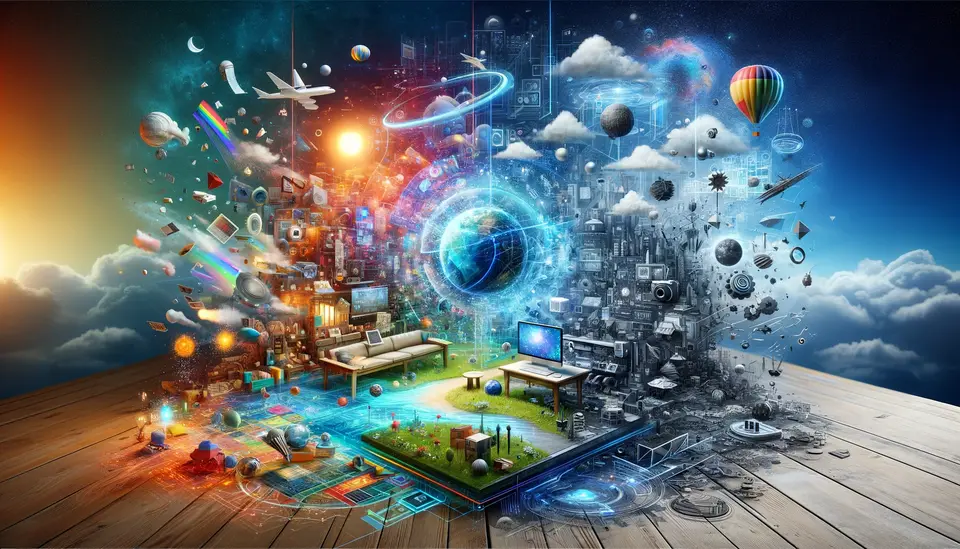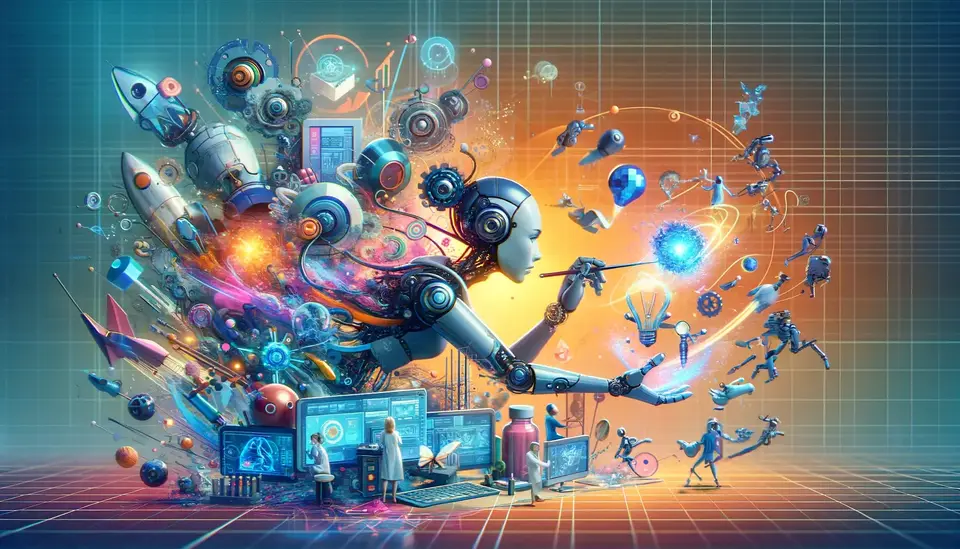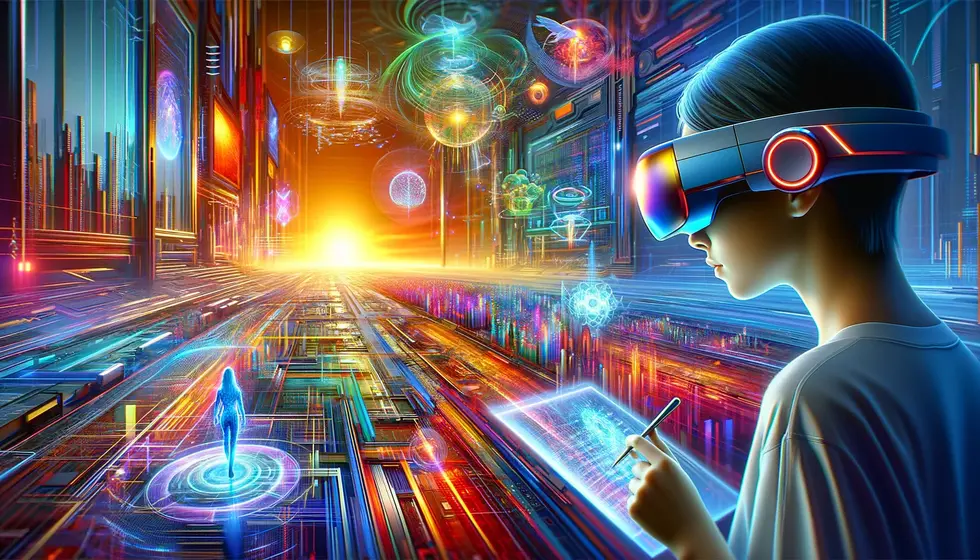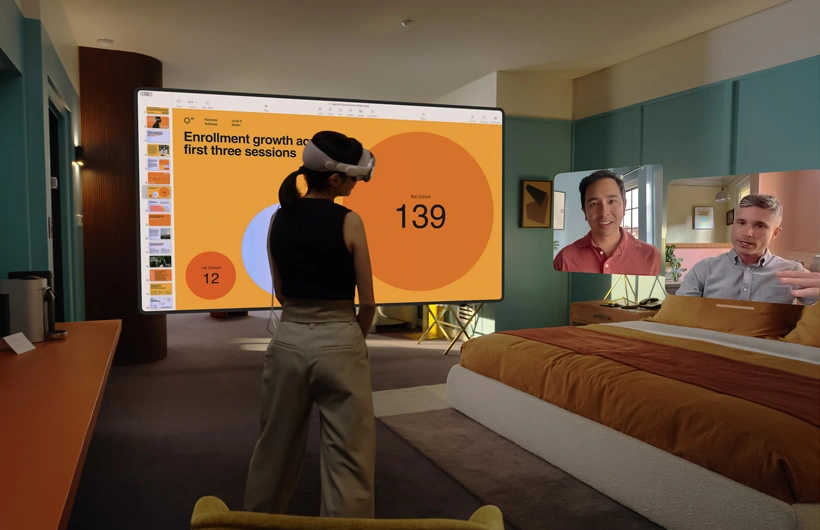What is Mixed Reality Headset?
Posted on April 23, 2023 5 minutes 928 words
Table of contents
Mixed reality is an exciting technology that combines elements of virtual reality (VR) and augmented reality (AR), offering users a seamless blend of the real and virtual worlds. This blog post delves into mixed reality headsets, a key component of this immersive technology.
The Evolution of Mixed Reality Headsets
The concept of mixed reality has been around for several years, but recent advancements in technology have allowed for the development of powerful mixed reality headsets. These devices have come a long way, transforming from rudimentary prototypes that simply superimposed virtual elements onto the real world to sophisticated gadgets capable of providing a seamless and interactive experience.
How Mixed Reality Headsets Work
Understanding the technology behind mixed reality headsets is essential to appreciate the immersive experiences they provide. These headsets consist of several key components and utilize advanced technologies to achieve the perfect blend of real and virtual worlds. Let’s explore the essential elements that contribute to the functioning of mixed reality headsets.
Key Components
- Cameras: Integrated cameras capture the user’s surroundings and track movements, providing crucial visual data for blending the virtual and physical environments.
- Sensors: State-of-the-art sensors, such as accelerometers and gyroscopes, gather spatial data like orientation and position, ensuring accurate interactions within the mixed reality environment.
- Processors: High-performance processors are responsible for managing the complex computations required for real-time rendering and interaction with virtual elements.
Technologies
- Computer Vision: This technology facilitates accurate environment mapping and object recognition, allowing virtual elements to be seamlessly incorporated into the user’s physical space.
- Machine Learning: Advanced machine learning algorithms fine-tune the headset’s performance and adapt to user preferences, ensuring an optimized experience.
- AI: The integration of artificial intelligence enhances the realism and responsiveness of virtual elements, providing more natural and dynamic interactions within mixed reality environments.
By combining these key components and cutting-edge technologies, mixed reality headsets create a truly immersive and interactive experience, blurring the boundaries between the virtual and the real.
Major Mixed Reality Headset Manufacturers and Devices
- Microsoft: The HoloLens series, known for their high-quality displays and exceptional spatial computing capabilities, are among the most advanced mixed reality headsets on the market.
- Magic Leap: The Magic Leap One is a powerful mixed reality headset with advanced optics and a comprehensive content ecosystem, including apps, games, and experiences.
- Apple: The tech giant is rumored to be developing a mixed reality headset that will leverage their ARKit technology, promising to deliver a groundbreaking device with Apple’s signature ease of use and premium design.
Applications of Mixed Reality Headsets
- Gaming: Mixed reality headsets enable gamers to enjoy truly immersive gameplay experiences that combine real and virtual elements, creating unique and captivating game worlds.
- Entertainment: Mixed reality has the potential to revolutionize entertainment, with interactive multimedia content such as concerts, movies, and theater performances incorporating both real and virtual elements for an unparalleled experience.
- Education: Mixed reality headsets can provide engaging and interactive learning environments that promote collaboration, critical thinking, and exploration, transforming the educational landscape.
- Healthcare: From medical training simulations and remote consultations to patient treatment and therapy, mixed reality headsets are being used to revolutionize healthcare and improve patient outcomes.
- Design: Mixed reality headsets can streamline the design process by enabling collaborative 3D modeling and visualization for architecture, engineering, and product design, saving both time and resources.
Challenges and Limitations of Mixed Reality Headsets
As with any emerging technology, mixed reality headsets face a variety of challenges and limitations that must be addressed in order to optimize their performance and expand their applications. To fully unlock the potential of mixed reality, developers must work to address the following concerns
- Latency: Reducing latency is crucial for delivering a seamless real-time experience, ensuring that user interactions with virtual elements feel natural and responsive.
- Field of View: Expanding the visible area of the headset will lead to a more immersive experience, allowing users to feel fully engaged within the mixed reality environment.
- User Comfort: Prolonged use of mixed reality headsets demands enhanced ergonomics and wearability, requiring ongoing improvements in headset design and weight distribution.
- Privacy and Data Security: As mixed reality headsets collect vast amounts of data, including personal information and spatial data, it is essential to prioritize user privacy and ensure robust data security measures are in place. Addressing ethical concerns and establishing transparent practices for data handling will foster trust and responsible use of the technology.
Addressing these challenges will contribute to the continued advancement of mixed reality technology, paving the way for its broader adoption across industries and applications. As developers find innovative solutions to these concerns, we can expect mixed reality headsets to become even more immersive, user-friendly, and versatile.
The Future of Mixed Reality Headsets
The future of mixed reality headsets promises to deliver more immersive and realistic experiences as technology advances. We can expect improvements in device performance, graphical capabilities, and AI integration, resulting in more convincing and interactive virtual elements. Additionally, manufacturers will likely focus on enhancing user comfort and wearability, making mixed reality headsets accessible to a wider audience and revolutionizing various industries, including gaming, education, healthcare, and design.
Conclusion
Mixed reality headsets hold immense potential to revolutionize the way we interact with the world by seamlessly merging the best aspects of VR and AR into a single, immersive experience. As technology continues to advance and new applications emerge across various industries, the possibilities and impact of mixed reality will only expand. The ongoing development and refinement of mixed reality headsets will undoubtedly unlock exciting prospects and transform the future of human-computer interaction.

